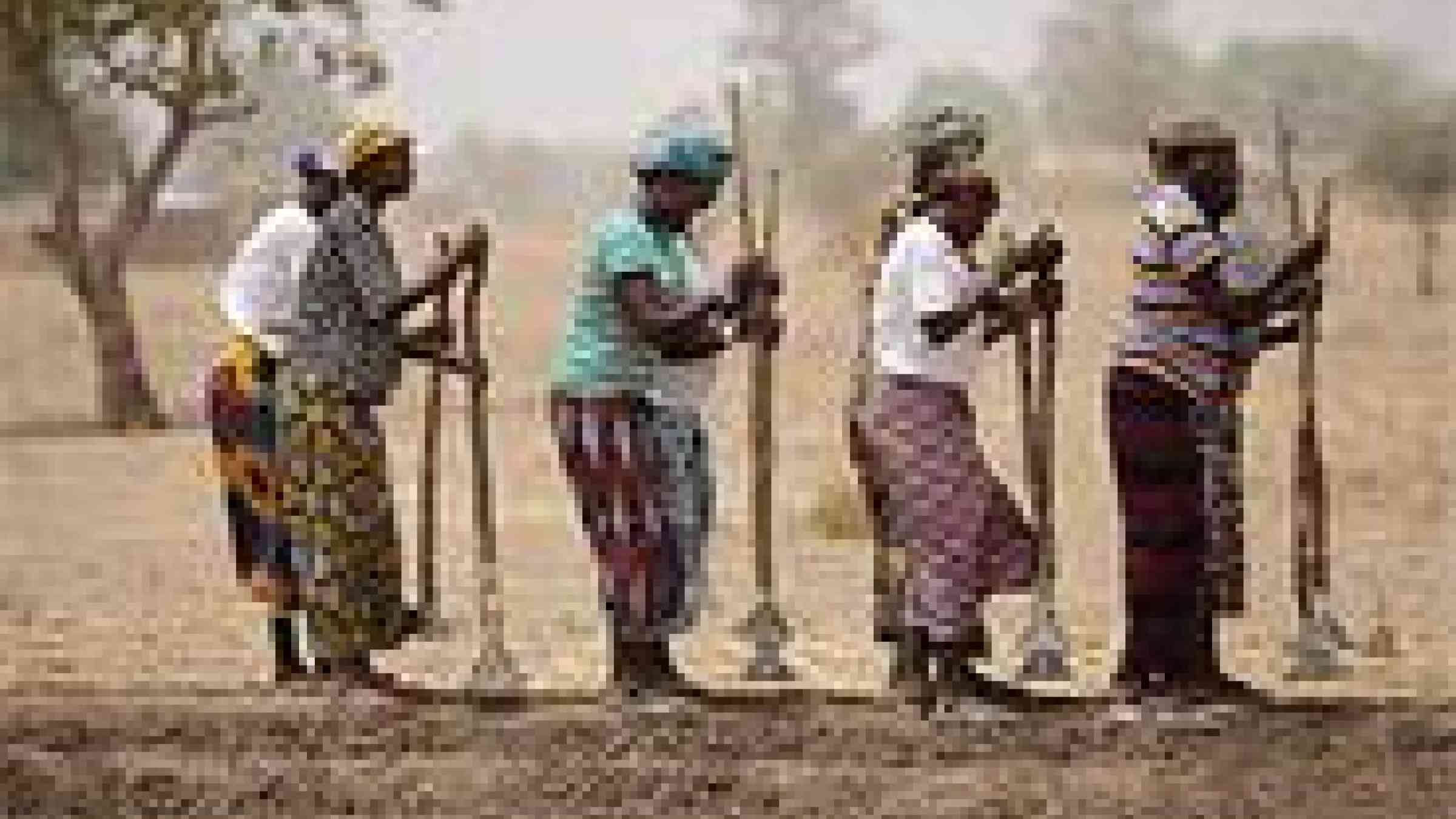Please help us improve PreventionWeb by taking this brief survey. Your input will allow us to better serve the needs of the DRR community.
Oxfam: Making this drought the last hunger season in West Africa

Photo by EU Humanitarian Aid and Civil Protection http://www.flickr.com/photos/69583224@N05/6882776444
For months now, Oxfam has been warning that a crisis is looming for millions of people across West and Central Africa. Resources have been mobilized, programs modified, and a response developed to provide short-term humanitarian relief. Now entering the “lean season”, more than 18 million are now at risk of hunger as households exhaust their food stocks, and cash reserves dwindle. The next few months will require increased support from donors, UN agencies, and organizations to assist in meeting basic needs. This will require the political will and financial backing of national governments—both donor and developing—to ensure plans to provide assistance are put in place and acted upon in a timely manner (meaning right now).
Unfortunately, early warnings in the Sahel have not yielded the kind of early action that can eliminate the worst suffering. It’s a pattern all too clear from the recent example of the Horn of Africa. As Oxfam and Save the Children documented in their recent report, despite information about the impending disaster, the international community responded late, a delay that cost thousands of lives.
The problem was not that we didn’t know an emergency was looming. In fact, there are now very good early warning systems in place. The problem was that we did not act with the information we had.
Seeking to avoid a similar fate in the Sahel, Oxfam’s first demand has been to call on governments—developing and donor countries alike—to take action now to head off the worst of the suffering and to make sure that adequate resources are provided to meet urgent humanitarian need. And, of course, we support efforts to raise the voice of concerned individuals to send a message to their political leaders (Secretary Clinton, are you listening?) to do the same.
So far, needs identified by governments in the region (for example through the development of national emergency response plans) have not been matched by the funding needed to fully implement response efforts. By the middle of May, two-thirds of need had been covered. In the intervening month, funding requirements have been adjusted upwards to $1.6 billion while contributions have not kept pace.
Scaling-up humanitarian response is just one step in a longer–term process of responding to this disaster and trying to reduce the likelihood and impact of future droughts and crop failures. Addressing the underlying factors that contribute to vulnerability among smallholder food producers requires a sustained effort only possible with real political commitment. Which is why the GROW Campaign is focused on strengthening investments in smallholder food producers. At the same time we are urging governments to act now to respond to the crisis, we are also working with partners in the region to shape an agenda for future once the worst of the crisis has subsided. Our message is that while the next few months are critical, the immediate response does not lessen the need to build resilience over the long-term to break the cycle of hunger.
A good place to start is by incorporating disaster risk reduction activities into the current response to help prepare for the next drought, for example by rehabilitating water points and introducing agriculture practices that can capture and better utilize rain water. Going forward efforts to help farmers manage risk through weather-based index insurance (currently being planned in Senegal through Oxfam America’s R4 work) also hold promise. Side by side these efforts, farmers need strong support backed by their governments to make them more productive as food producers and more able to profit from their efforts. Investments in infrastructure to facilitate market access, research and development to identify practical solutions to help farmers adapt to climate change, and the provision of agriculture extension services to provide advice and information that will increase crop production are just three examples where increased investments are urgently needed.
Calling for these kinds of interventions is easy, conceptualizing concrete solutions more complex, and turning plans into real programs of support for food producers, harder still. But if we want to assist farmers from being in this position then next time a major drought hits, it’s essential.
Explore further
Please note: Content is displayed as last posted by a PreventionWeb community member or editor. The views expressed therein are not necessarily those of UNDRR, PreventionWeb, or its sponsors. See our terms of use
Is this page useful?
Yes No Report an issue on this pageThank you. If you have 2 minutes, we would benefit from additional feedback (link opens in a new window).